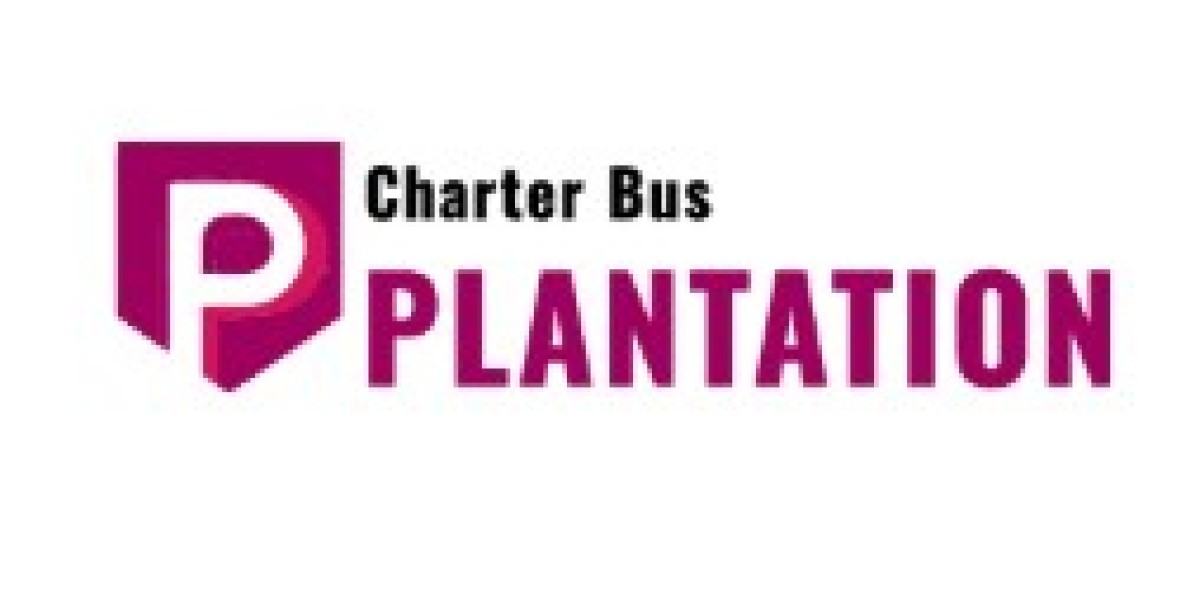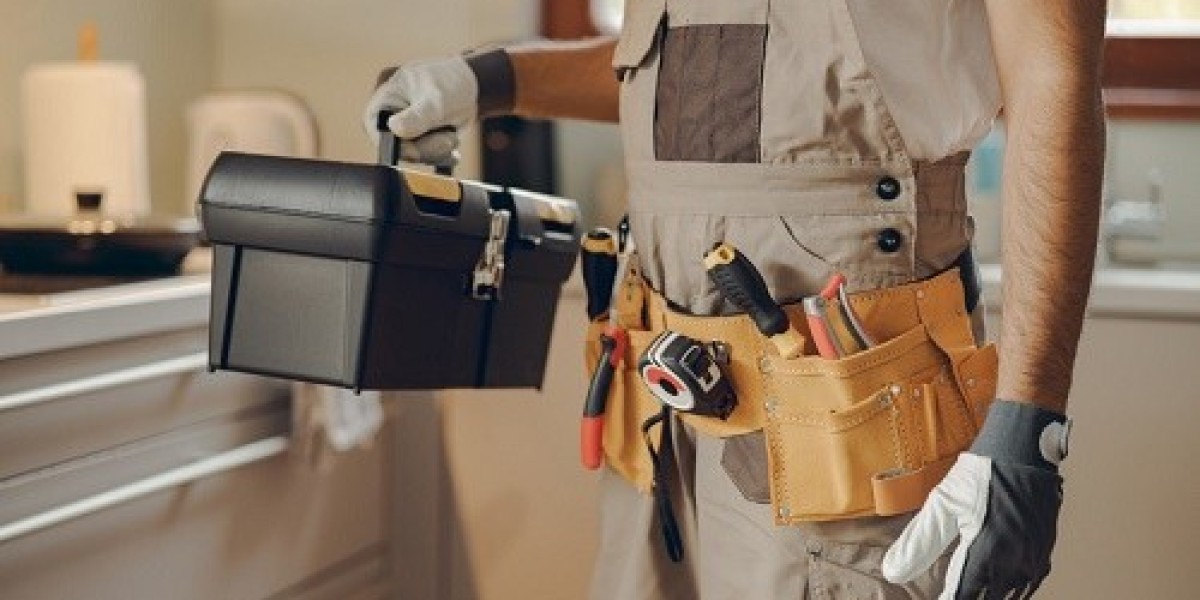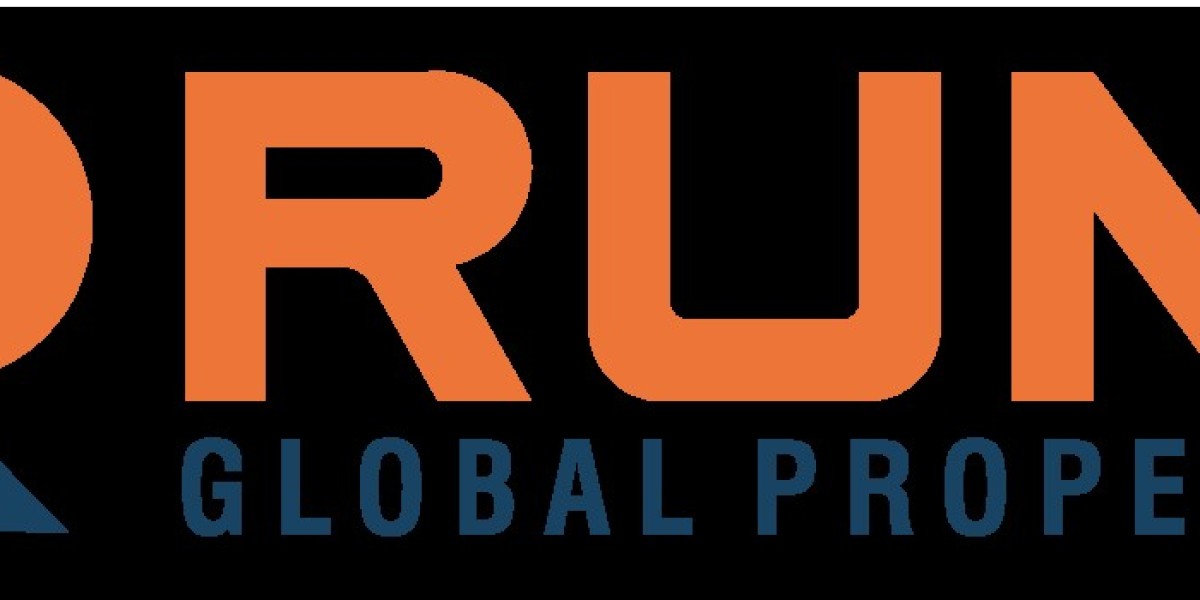In today’s healthcare environment, optimizing the operations of a urology practice is critical for improving patient outcomes and streamlining clinic performance. From reducing wait times to enhancing staff coordination, efficiency plays a central role in both patient satisfaction and the success of the practice. As the demand for urological services grows, particularly among aging populations, practices must implement smarter systems to stay ahead.
This article explores practical strategies to improve efficiency, elevate patient care, and manage patient volume effectively within a modern urology practice.
The Need for Efficiency in Urology Clinics
Urology practices face unique challenges, including managing a high volume of specialized appointments, diagnostic testing, and follow-ups. These tasks can create operational bottlenecks if not managed properly. Additionally, the sensitive nature of urologic conditions demands both compassion and precision in care delivery.
Improving efficiency is not only about cost savings but also about ensuring patients receive timely, quality care. Efficient systems reduce stress on staff, prevent scheduling conflicts, and improve the overall patient experience.
Smarter Appointment Scheduling Systems
A common issue in urology practices is inefficient scheduling. Missed appointments, overbooked slots, and last-minute cancellations can disrupt daily workflows. To address these challenges, practices are turning to more advanced tools and scheduling strategies:
Online appointment systems empower patients to book their visits based on availability.
Automated reminders via email or SMS help reduce no-shows.
Triage scheduling allows urgent cases to be prioritized while routine cases are spaced more evenly.
By leveraging these scheduling improvements, clinics can avoid overcrowding and make better use of time and resources.
Embracing Technology for Documentation and Data
Digitizing medical records and integrating modern technology can significantly boost efficiency in urology practices. Electronic Health Records (EHRs) not only reduce paperwork but also streamline access to patient histories, test results, and treatment plans.
Effective tools include:
Speech recognition software to document visits faster.
Cloud-based storage for secure, accessible patient data.
Automated billing integrations to minimize manual data entry errors.
These tools not only reduce administrative work but also enhance accuracy in patient care documentation and coordination across departments.
Prioritizing Patient Communication
Clear and consistent communication can make a noticeable difference in how smoothly a practice runs. Urology patients often require detailed information regarding their conditions, treatment options, and post-visit care.
Here’s how to improve communication:
Provide informative brochures or videos in the waiting area and on the clinic website.
Develop patient portals where individuals can access their medical history, lab results, and prescriptions.
Train staff to clearly explain procedures, billing, and follow-up steps during and after appointments.
When patients are well-informed, they’re more likely to follow instructions, attend follow-ups, and stay engaged in their healthcare.
Effective Patient Flow Management
One of the most critical yet overlooked aspects of efficiency is patient flow management. A seamless patient journey from check-in to discharge improves the overall experience and reduces delays throughout the day.
Methods to improve patient flow include:
Digital self-check-in kiosks to reduce front desk congestion.
Room-status dashboards to keep staff updated in real time.
Pre-visit intake forms that patients can complete online to save time during appointments.
A streamlined patient flow ensures shorter wait times, better use of clinical space, and improved coordination among staff.
Training and Empowering Your Team
Staff performance directly impacts practice efficiency. Training employees across different roles and investing in their professional development can enhance flexibility and reduce service gaps.
Effective staff strategies include:
Cross-training team members to handle multiple duties as needed.
Regular workflow training to reinforce best practices.
Monthly feedback sessions to identify and address pain points in operations.
A knowledgeable and agile team ensures the practice runs smoothly, even during peak hours or staff shortages.
Case Study: Success Through Smart Practice Management
Corona Summit Surgical Center has shown how smart strategies and consistent improvement can elevate a urology practice. By adopting digital scheduling, improving communication, and prioritizing patient flow, they successfully reduced delays and improved patient satisfaction.
Their experience demonstrates that efficiency doesn’t require a complete overhaul—small, well-planned changes can have a major impact over time.
Conclusion: Building a Stronger Urology Practice
Creating a more efficient urology practice involves more than just adopting new technologies. It requires a mindset of continuous improvement, a patient-first approach, and a collaborative team culture. From smarter scheduling to better patient flow and communication, each improvement contributes to a stronger, more resilient practice.
In our view, the future of urology lies in practices that embrace operational excellence. Those that do will not only provide better care but also thrive in a competitive healthcare landscape.








